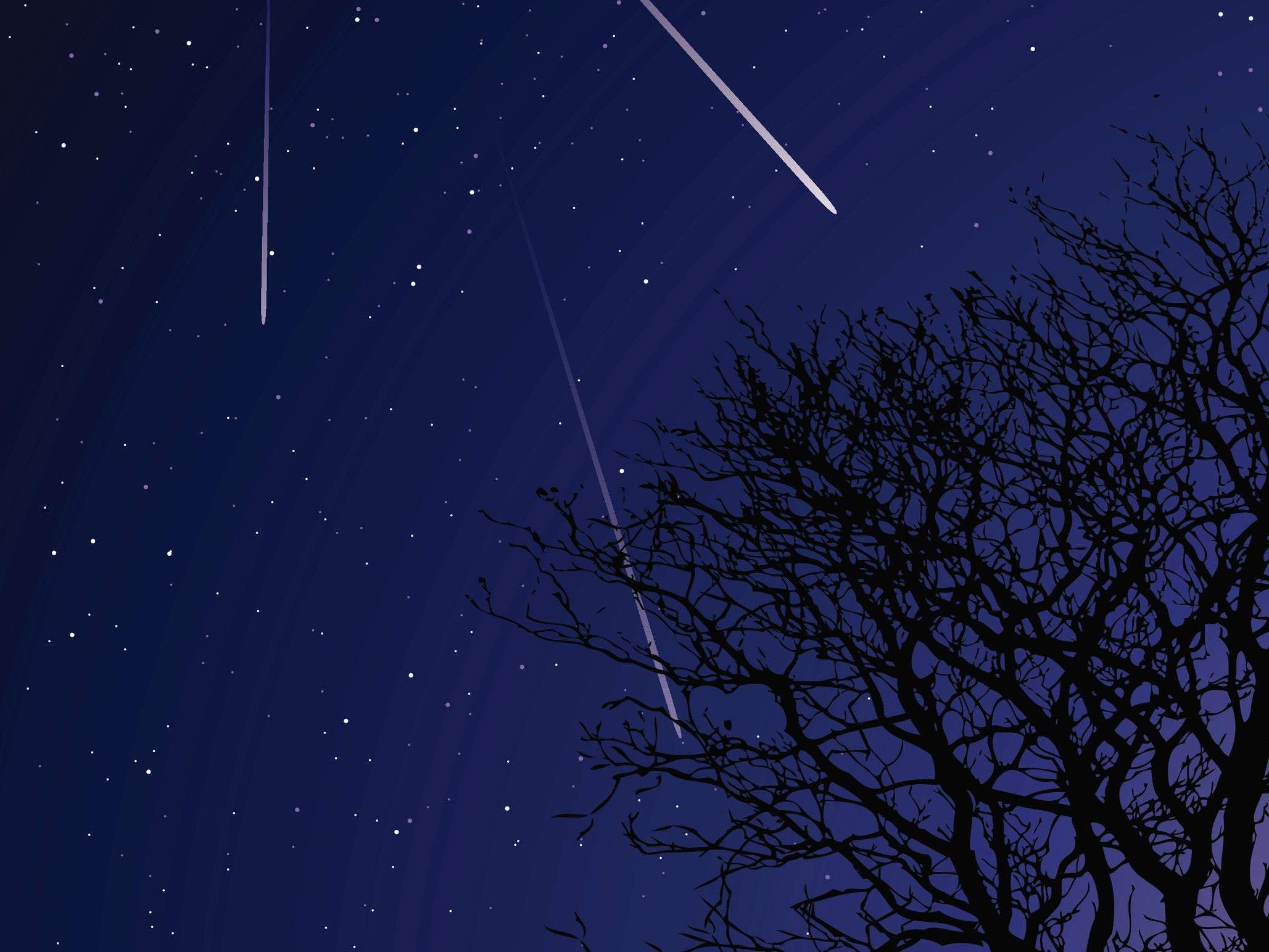Orionid meteor shower to bring ‘prolonged explosions of light’
Nasa says fast meteors can also become fireballs as Earth passes through tail of Hayley’s comet

Your support helps us to tell the story
From reproductive rights to climate change to Big Tech, The Independent is on the ground when the story is developing. Whether it's investigating the financials of Elon Musk's pro-Trump PAC or producing our latest documentary, 'The A Word', which shines a light on the American women fighting for reproductive rights, we know how important it is to parse out the facts from the messaging.
At such a critical moment in US history, we need reporters on the ground. Your donation allows us to keep sending journalists to speak to both sides of the story.
The Independent is trusted by Americans across the entire political spectrum. And unlike many other quality news outlets, we choose not to lock Americans out of our reporting and analysis with paywalls. We believe quality journalism should be available to everyone, paid for by those who can afford it.
Your support makes all the difference.Orionid meteors burning through Earth’s atmosphere this month will bring “prolonged explosions of light,” Nasa has said.
Commonly referred to as ‘shooting stars’, the display produced by the Orionid meteor shower could be one of the most spectacular in years, with meteors travelling at 66 km (41 miles) per second.
The peak of the meteor shower is expected to take place on 21 October, however the Orionid meteor shower will be active from 2 October to 7 November and several other days within this five-week period are also expected to deliver a strong showing.
The International Meteor Organisation said the strength of the shower has varied from year to year and that 2020 could see an unusually large peak.
The Orionids emanate from an area of the sky north of the Orion constellation, which is best observed just before dawn.
At their peak on 21 October, Nasa said to expect around 20 meteors per hour - or one every three minutes.
The Orionid meteors occur each October when Earth passes through the debris in the tail of Halley’s Comet.
The glowing trains left behind by the meteors can last anywhere from several seconds to minutes.
“Fast meteors can also sometimes become fireballs: Look for prolonged explosions of light when viewing the Orionid meteor shower,” Nasa wrote in a blog post.
“The best time to look for these meteors would be after midnight but before the sky begins to lighten with the dawn. Ideal conditions would be clear skies with no haze or clouds, a clear view of a large part of the sky after midnight, and a location far from any lights or urban light pollution."
The US space agency also advised skywatchers to allow for up to 45 minutes for their eyes to fully adapt to night vision, and not to check smartphones or look at other light sources while eyes are adjusting.

Join our commenting forum
Join thought-provoking conversations, follow other Independent readers and see their replies
Comments